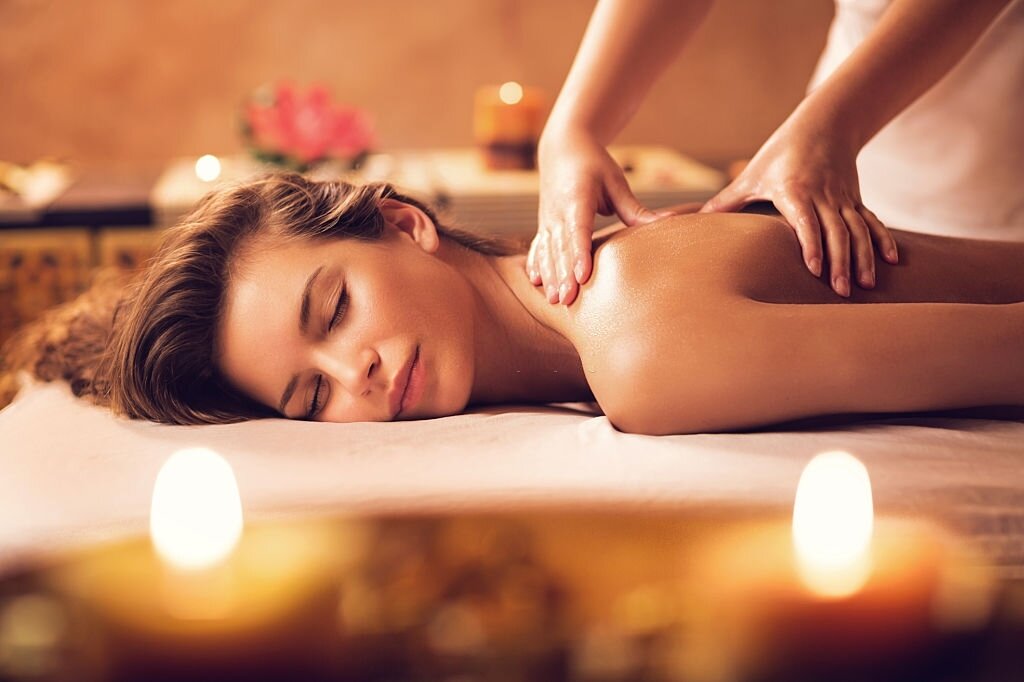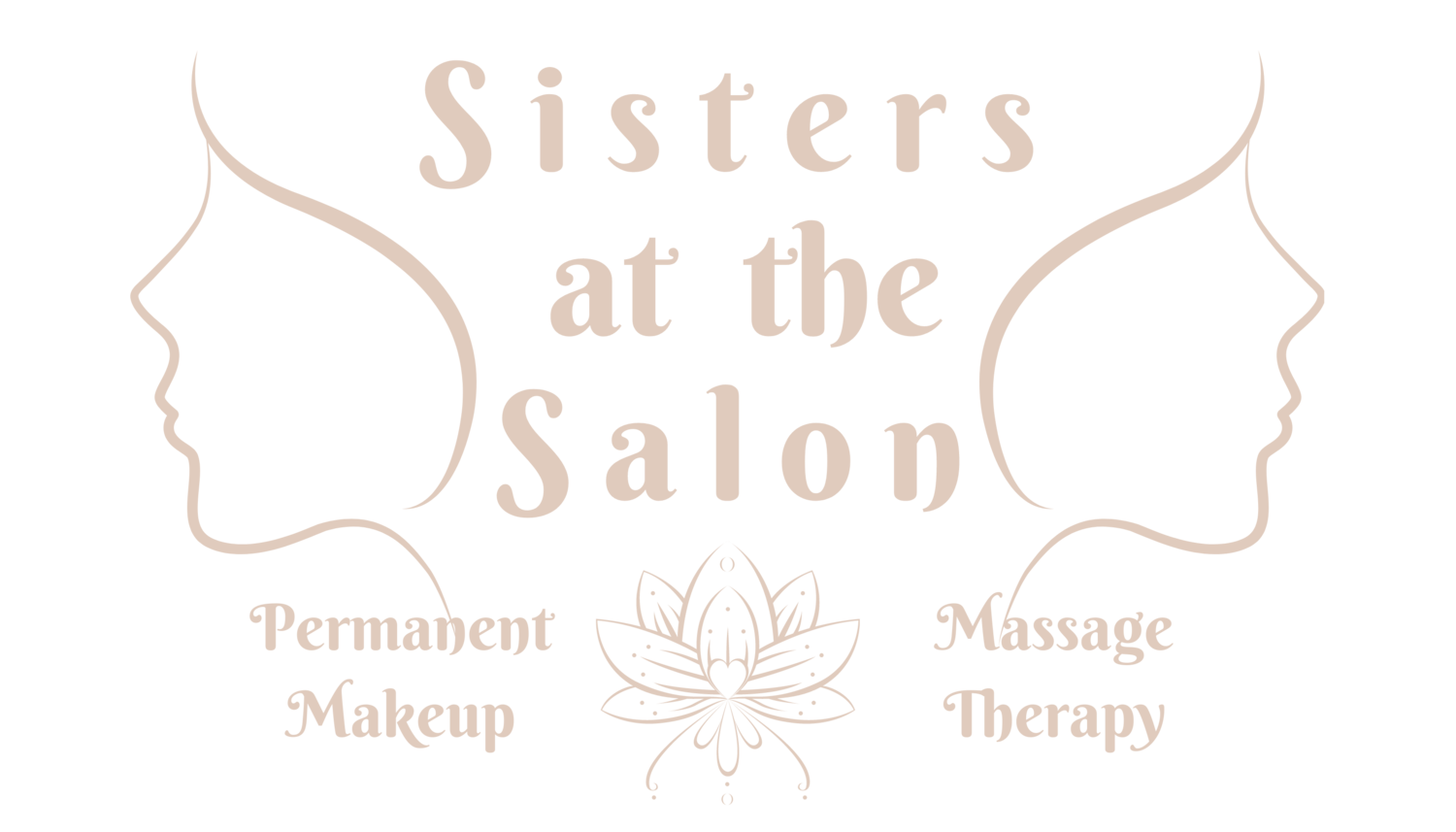
Swedish Massage
Swedish Massage Houston
Want to relax? Try and enjoy our Swedish massage in Houston Tx.
Do you constantly feel tense? Is this keeping you up at night? When you should be feeling relaxed and recharged, it can be difficult to get rest. Not to worry, we have a solution! We offer relaxing Swedish massage services in Houston that are designed to provide you with the best care.
Swedish massage is the most common type of massage therapy. The topmost layers of muscles involve soft, long kneading strokes and light, rhythmic tapping strokes. This is done in tandem with joint movement as well. Because it relieves muscle tension, Swedish therapy can be both relaxing and energizing.
The Swedish Massage is ideal for people who want to improve their blood flow. The stress of everyday life frequently results in decreased blood flow to the muscles, causing them to become tense and tight. Swedish Massage techniques release tension from muscles, increasing regular blood flow circulation and further soothe aching muscles.
Swedish Massage Techniques
What techniques are used in Swedish massage, and what do they do? There are five standard techniques used in Swedish massage: effleurage, petrissage, friction, vibration, and tapotement.
Effleurage
This massage technique consists of a series of long, gliding, or circular massage strokes applied with varying degrees of pressure. Effleurage is a technique used on a patient's body to loosen muscular knots and relieve tension. It is used to warm up the muscles at the start of a massage therapy session and soothe them.
In general, there are three approaches to effleurage application:
Feather Stroking: The effleurage approach with the least amount of effleurage. It entails applying very light fingertip pressure across the body's surface.
Superficial Effleurage: This is the most common method of effleurage application. To promote blood circulation, the strokes are performed with an open palm across a large body area with varying degrees of pressure.
Deeper Effleurage: This technique is similar to superficial effleurage, but it applies more pressure to specific parts of the body, particularly tense and knotted.
Petrissage
The following technique is petrissage, used after the muscles have been warmed up with effleurage strokes. The term petrissage is derived from the French word pétrir, which means "to knead." The technique is commonly used to manually compress soft tissues in an area using rhythmic kneading, squeezing, and rolling.
These movements are especially beneficial for stretching and loosening tense muscles, which also helps to improve blood circulation and detoxify the body.
The following are the four most common petrissage methods:
Kneading: Lifting the soft tissues of an area, then squeezing and rolling it back in a slow and circularly rhythmic manner with both palms is how it's done.
Wringing: Wringing is similar to kneading, except that it starts by compressing the soft tissue area against its underlying structure, then lifting, squeezing, and rolling it back.
Rolling: Rolling is done by squeezing and lifting the soft tissues in a side-to-side motion.
Lifting: Lifting is similar to kneading, but instead of using both palms to compress the material, the thumb, index, and middle fingers are used.
Friction
Friction in Swedish Massage refers to a firm and focused rubbing technique applied to a specific area, usually with just the fingers or thumbs. Compression is frequently applied in either a circular (Circular Friction) or perpendicular (Perpendicular Friction) rhythm (Transverse Friction).
Friction is ideal for softening and realigning tense muscle fibers and treating specific joints like the elbow because of its combination of precision and pressure.
Vibration
As the name implies, the vibration technique is used to loosen and relax the body by rhythmically shaking a specific area of the body. The technique's intensity and pressure depend on the area of the body being treated. Still, it can be performed in various ways, such as using both palms across a large extent, such as the back of the fingers on a small and sensitive area, such as the face. It is especially beneficial for relieving nerve pain and treating areas with a lot of scar tissue.
Tapotement
Tapotement is a French word that means tapping or drumming. This technique entails tapping rhythmically across the patient's body. The tapping sensations are used to increase blood flow and endorphin production in the body. As a result, tapotement is especially beneficial for relaxing tight muscles and draining lymphatic buildup. The amount of pressure or force used in tapotement varies depending on the patient's needs.
Tapotement can be applied in five different ways:
Beating or Hammering: Using a closed fist to tap on a large area, such as the back, is a particularly effective method of applying general force.
Hacking: Hacking is beneficial for putting a lot of pressure on a small area. This method taps with the edge of the hands.
Slapping: Slapping with the palms of the hands gently.
Tapping: Rapid tapping of fingertips.
Cupping: Tapping with a cupped hand.




